The Vaccine Advisory Committee recommended large-scale national trial of Salk’s vaccine
On Apr. 25, 1954, the Vaccine Advisory Committee of the National Foundation for Infantile Paralysis, now known as…
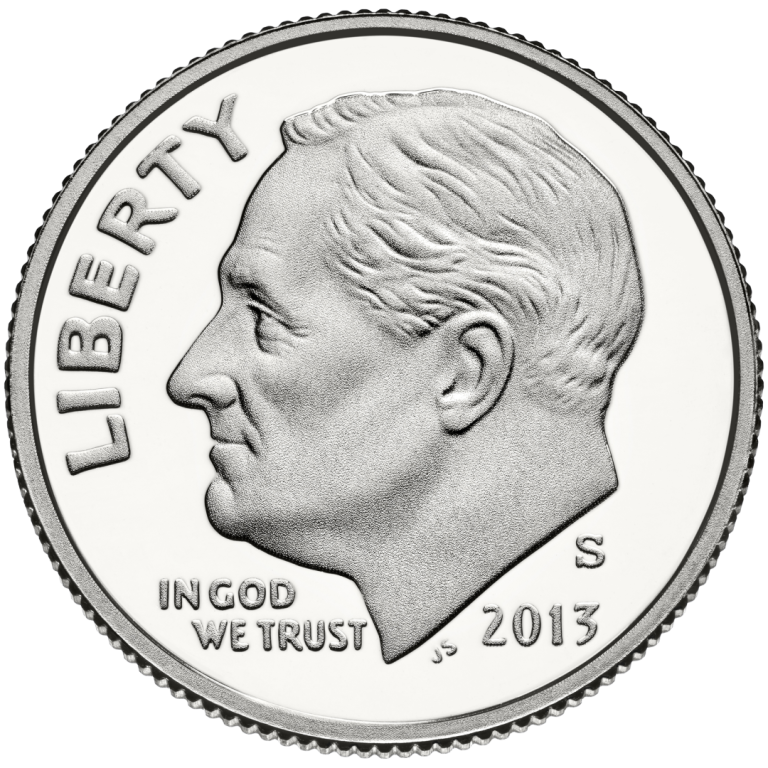
On Apr. 25, 1954, the Vaccine Advisory Committee of the National Foundation for Infantile Paralysis, now known as…
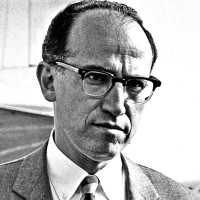
On Mar. 22, 1954, Dr. Jonas Salkメs team began giving inoculations of a commercially prepared vaccine to some…
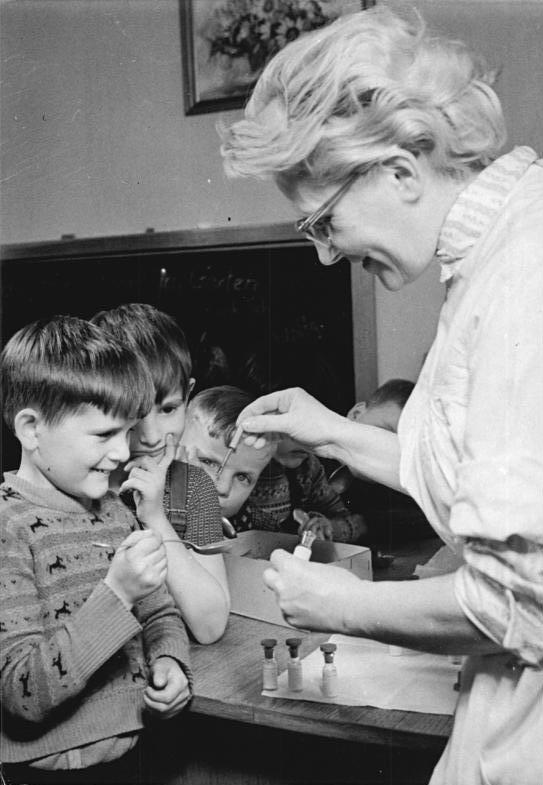
On Feb. 23, 1954, the first mass inoculation of the new Polio vaccine, developed by Dr. Jonas Salk…
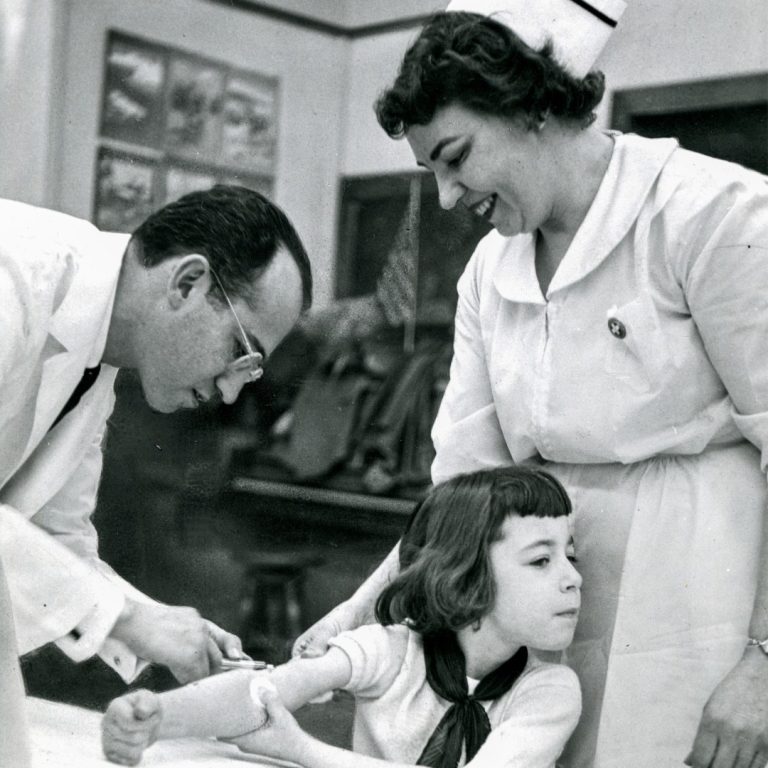
In February 1954, first-, second- and third-grade students from five suburban schools were the first to be inoculated…
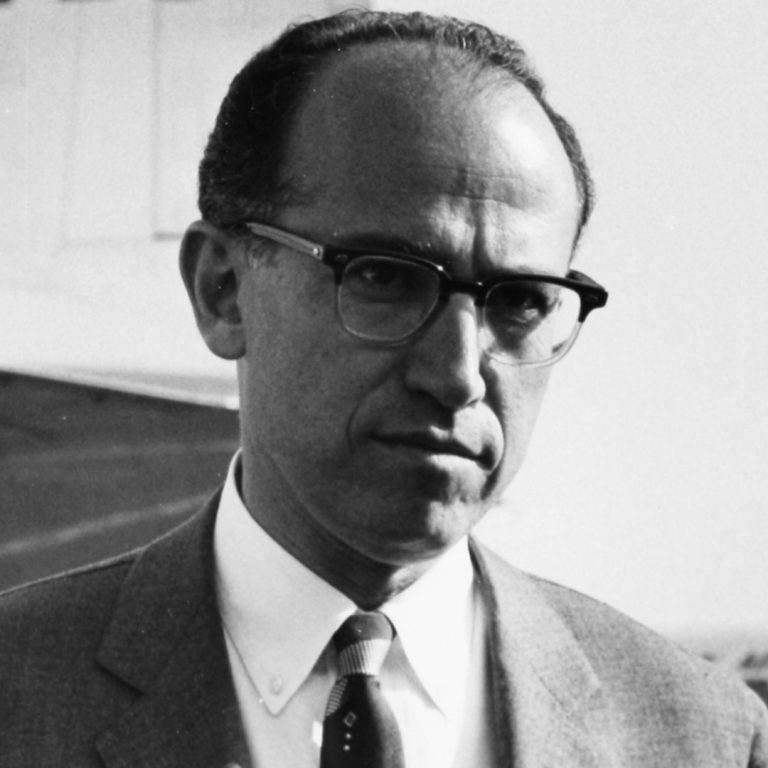
In 1954, Dr. Jonas Salk and associates develop a potentially safe injectable vaccine against polio given to nearly…
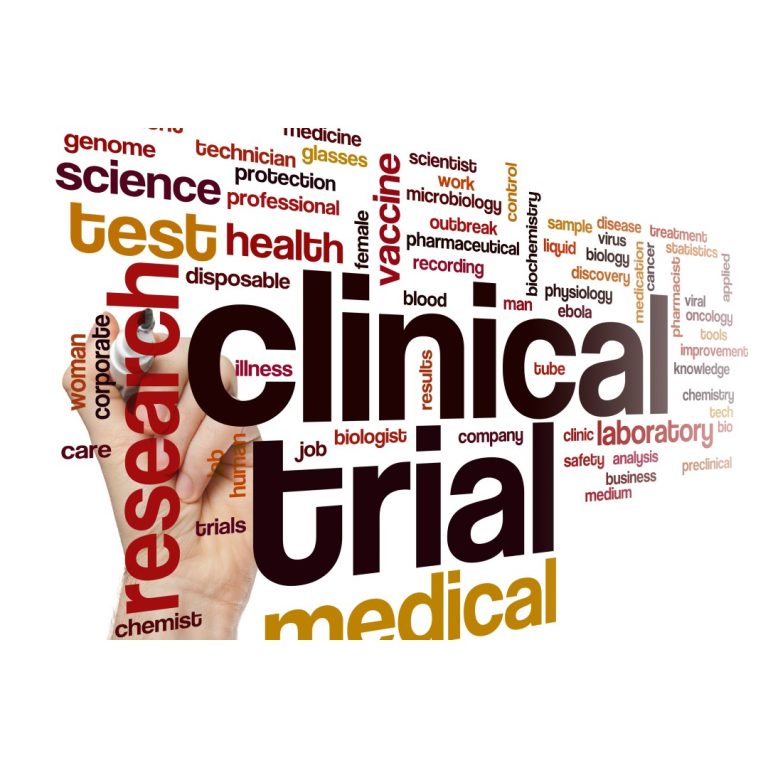
On May 16, 1953, Dr. Jonas Salk initiated the first community-based pilot trial of the Polio vaccine in…
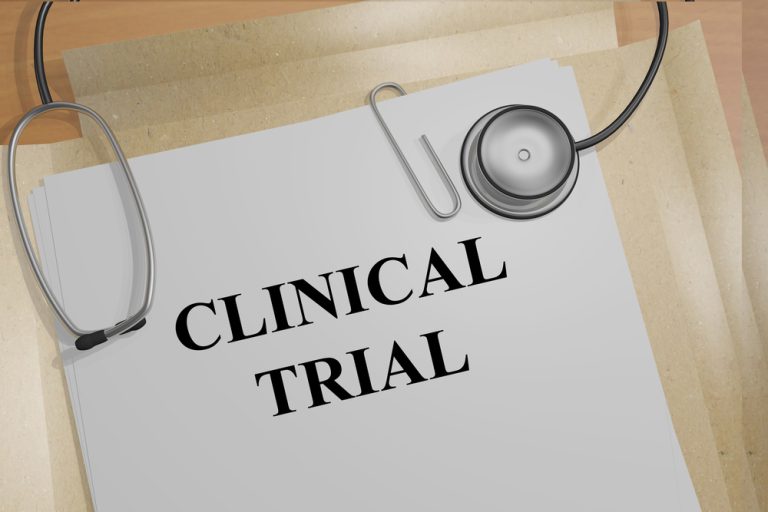
On Mar. 28, 1953, Dr. Jonas Salk and his team published a landmark article in the Journal of…
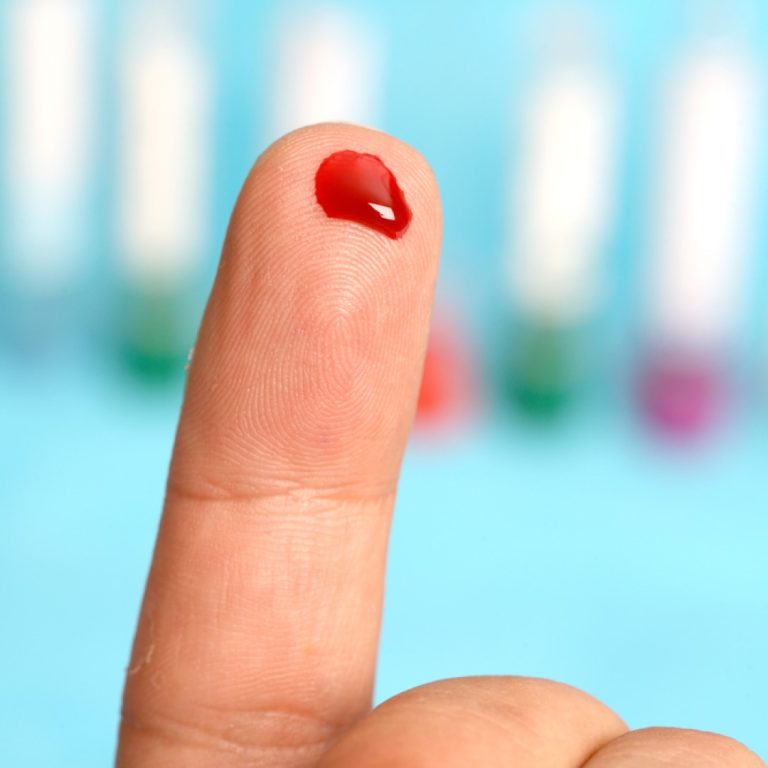
On Jun. 12, 1952, Dr. Jonas Salk went to the D. T. Watson Home for Crippled Children (now…
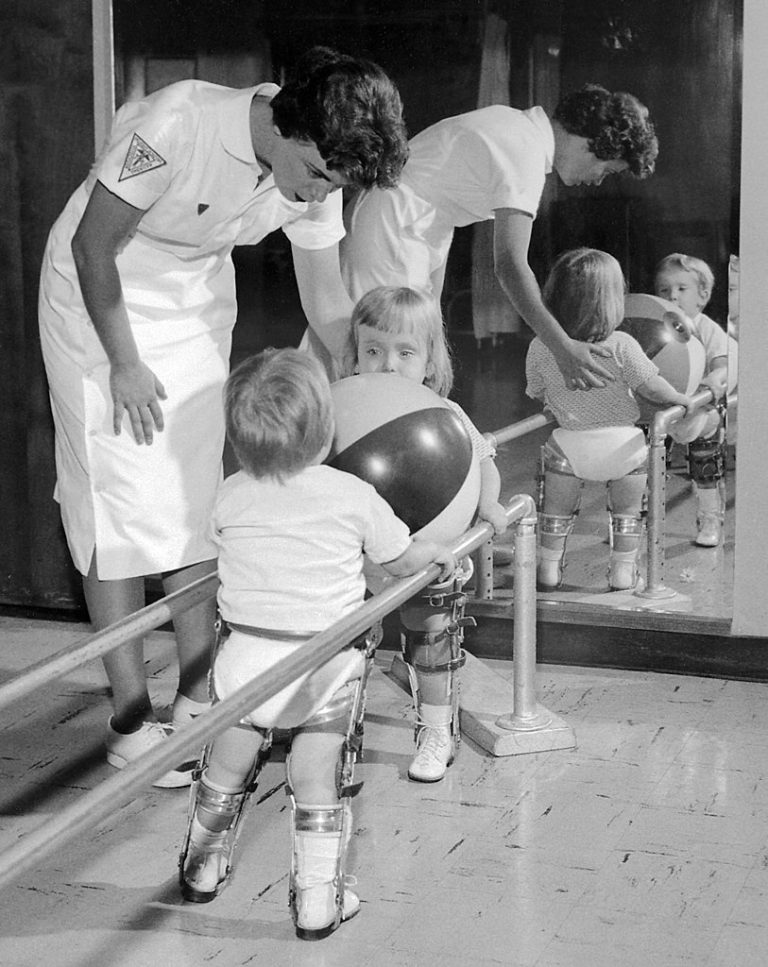
In 1951, Lewis L. Coriell whose history in polio research began during his residency at Children’s Hospital of…
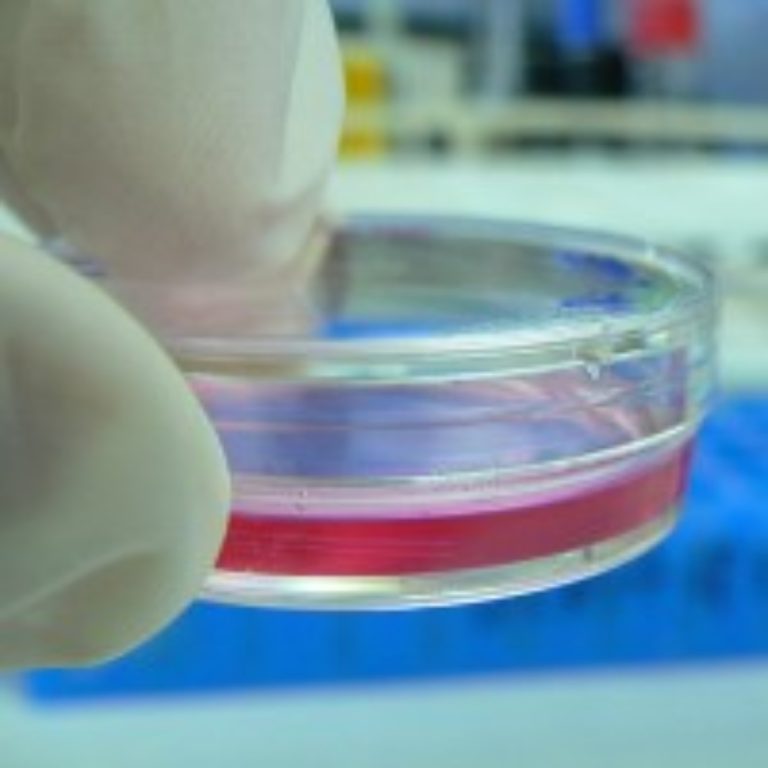
In 1951, Dr. Jonas Salk and his team began using Dr. John F. Enders’ methods to grow poliovirus,…
In 1950, physician Audrey Smith reported the use of glycerol cryoprotectant for red blood cells. In 1969, Smith…
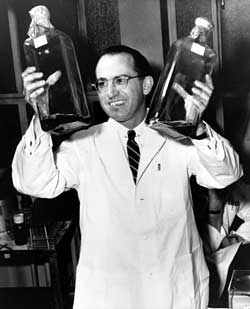
In 1949, Dr. Jonas Salk, with grants from the National Foundation for Infantile Paralysis, the Pitt team and…
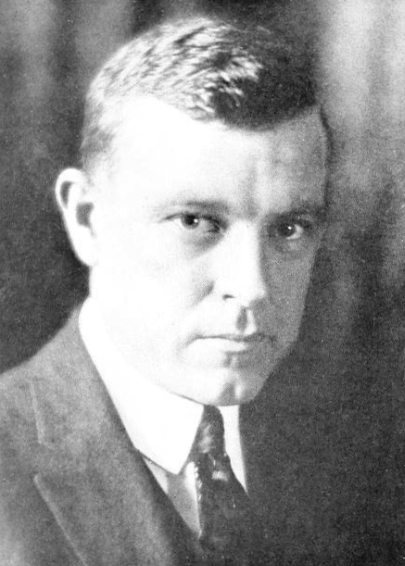
In 1948, the American Chemical Society awarded the Priestley Medal to Edward R. Weidlein “to recognize distinguished services…
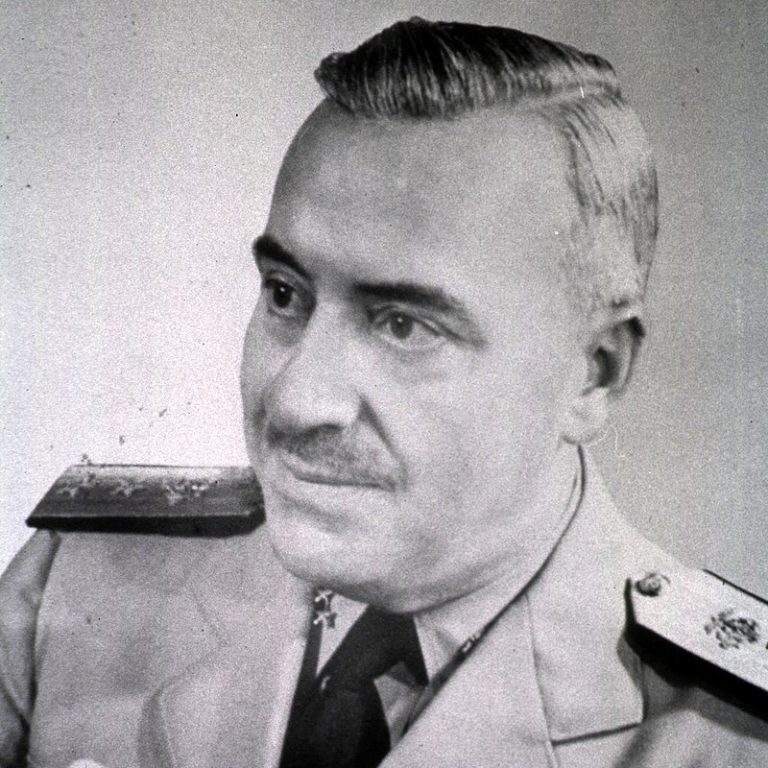
On Apr. 6, 1936, President Franklin Roosevelt swore in Thomas Parran, Jr. as U.S. Surgeon General. Parran was…
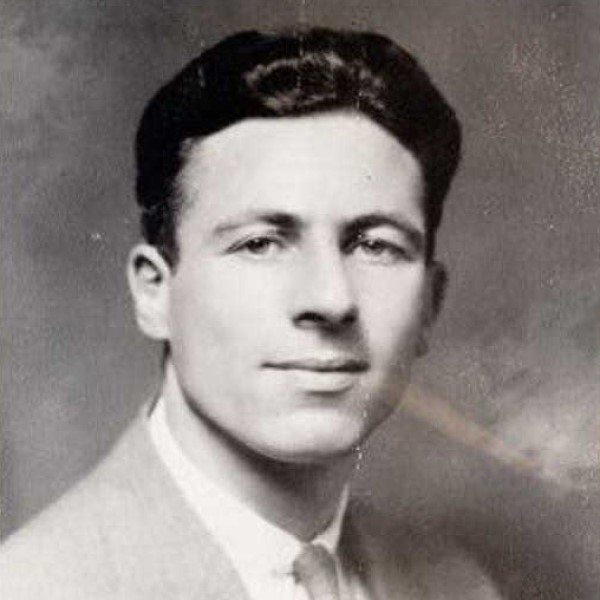
In 1935, Maurice Brodie, a research assistant at New York University, attempted to produce a formaldehyde-killed polio vaccine…
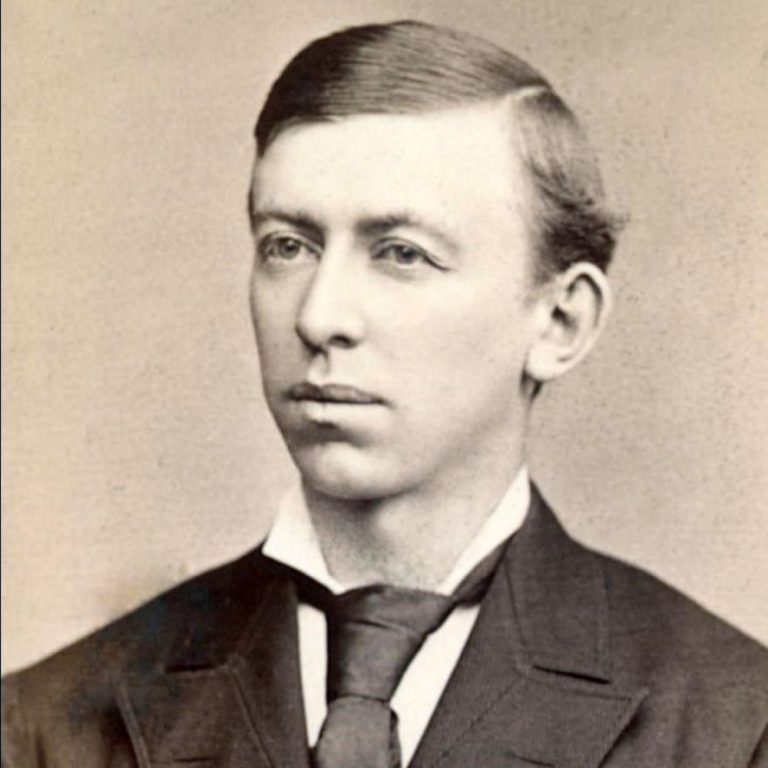
In 1926, the American Chemical Society awarded the Priestley Medal to Edgar F. Smith ‘for his numerous contributions…
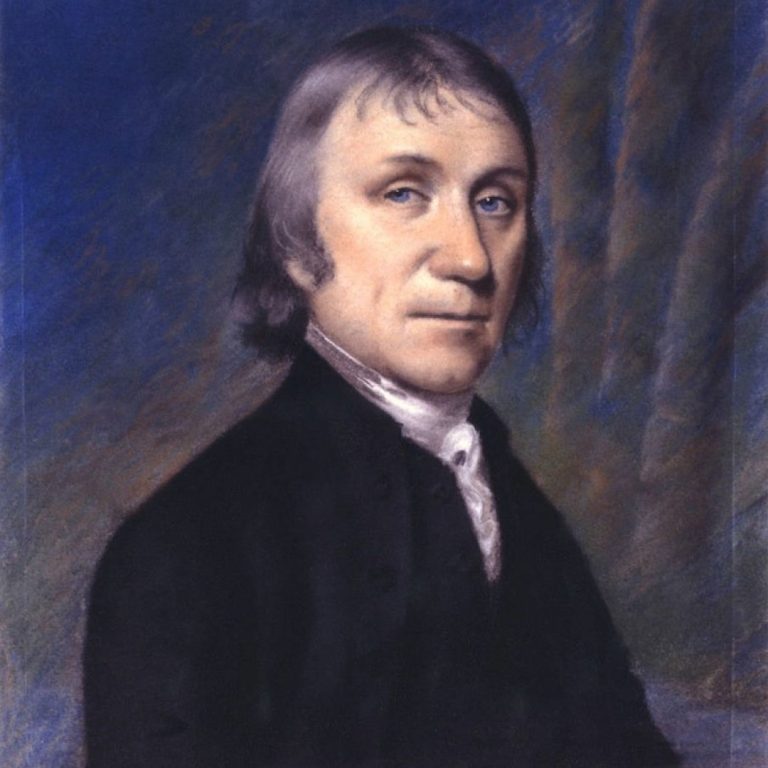
In 1922, the Priestley Medal, named for Joseph Priestley, was awarded for first time by the American Chemical…

In 1919, by the end of the influenza epidemic, Philadelphia had suffered a terrible cost of 748 deaths…
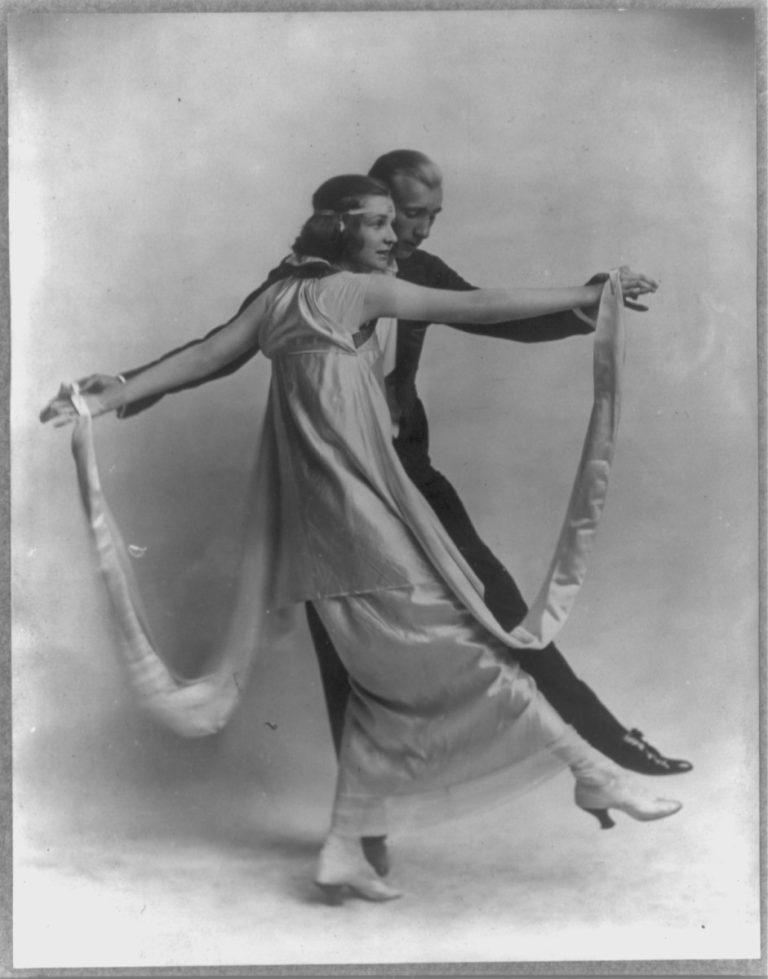
By Nov. 18, 1918, with New Orleans’s business and schools once again back to their normal operations, local…
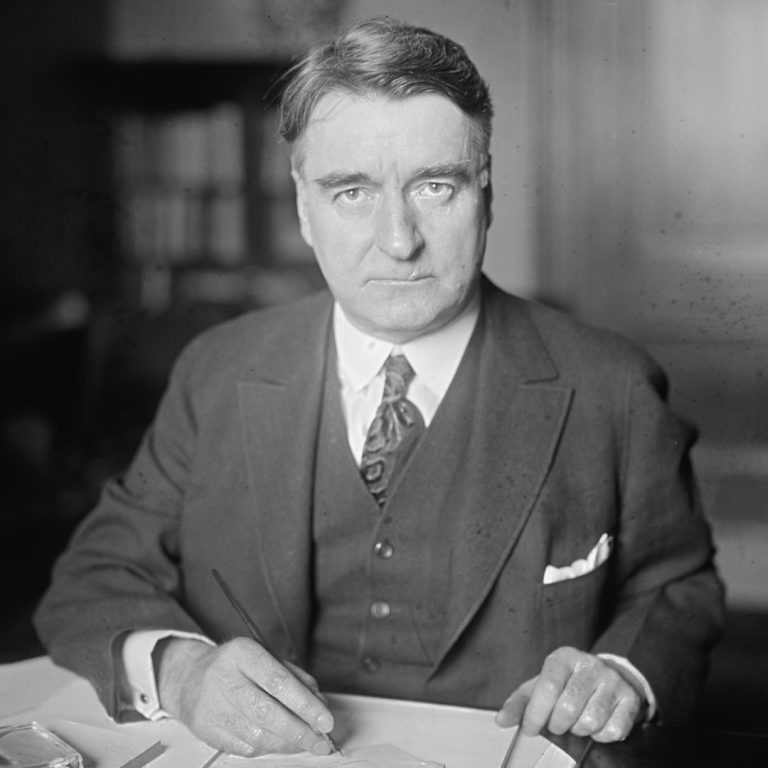
By Nov. 16, 1918, the New York influenza figures overall, from September 15 through November 16 – the…
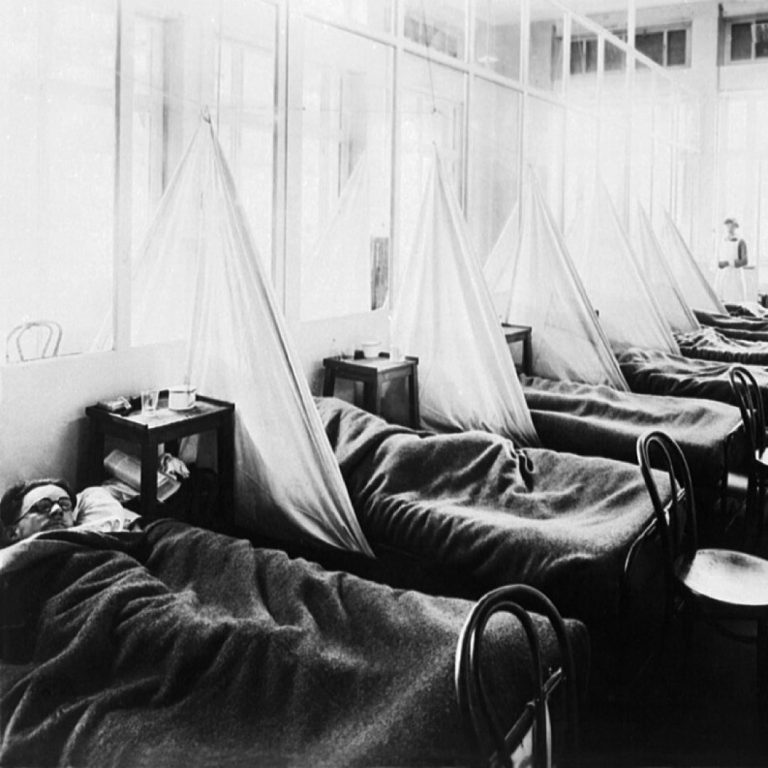
On Oct. 28, 1918, after a decline in the explosive influenza case numbers, Pennsylvania health officials lifted closure…
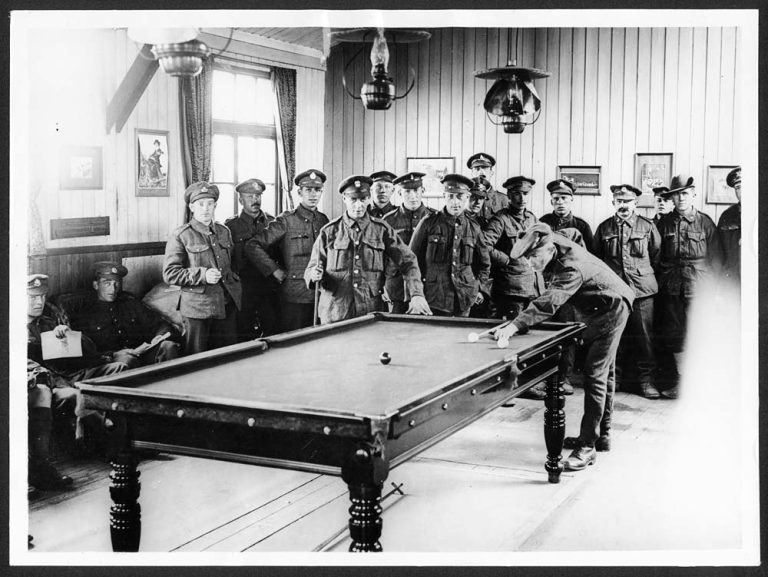
On Oct. 26, 1918, Baltimore health commissioner Blake decided to allow churches, retail stores, movie houses, theaters, poolrooms,…
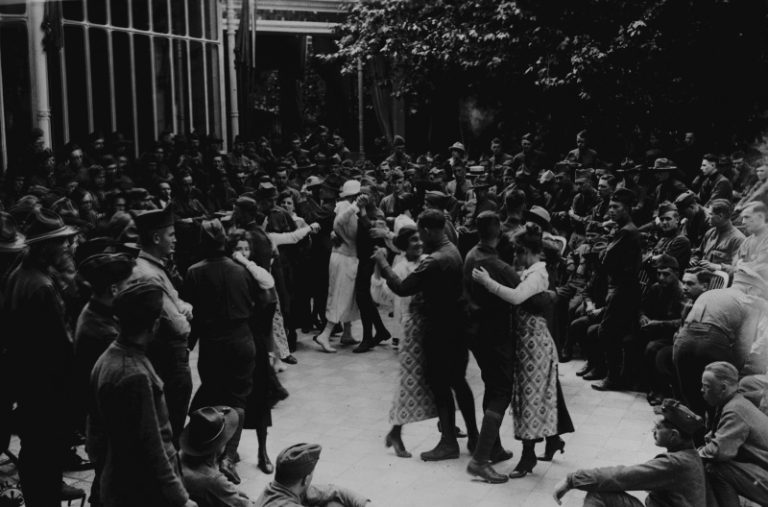
By Oct. 15, 1918, over 3,500 Bostonians had died from influenza or resulting pneumonia since the epidemic began….
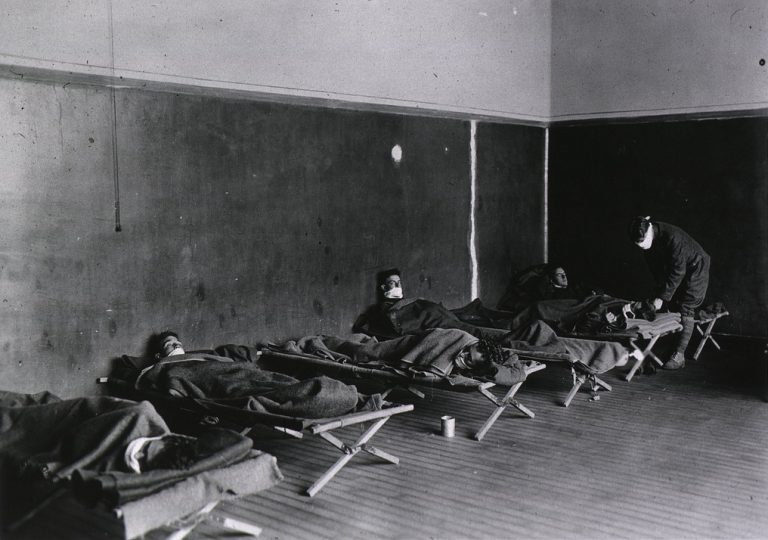
By Oct. 7, 1918, influenza cases in Philadelphia had risen by over 3,000 new cases, overwhelming medical facilities….
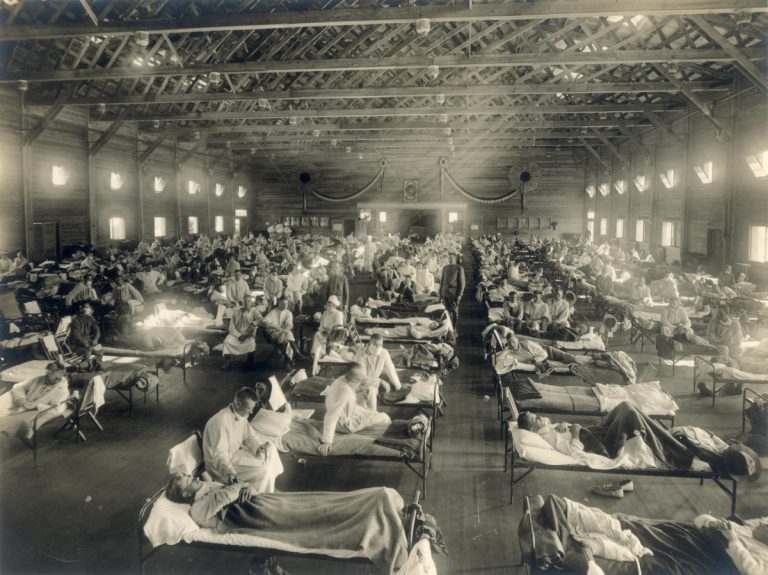
On Oct. 5, 1918, the city of Philadelphia reported about 1,500 new influenza cases. Many employees of the…

On Oct. 3, 1918, state Health Commissioner Dr. Franklin B. Royer, witnessing the growing epidemic across Pennsylvania, issued…

On Sept. 28, 1918, Philadelphia participated in a large parade of about 200,000 people, which led to a…
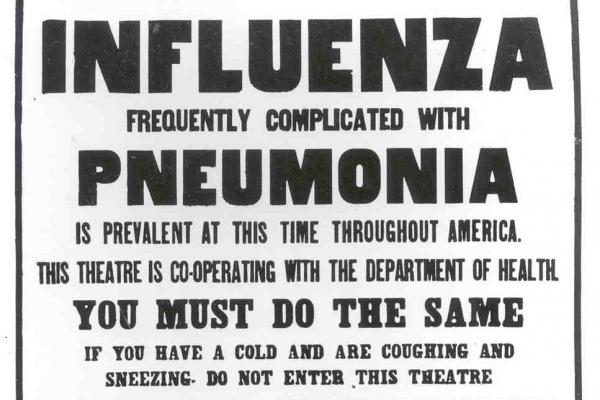
On Sept. 21, 1918, the Philadelphia Board of Health made influenza a mandatory reportable disease, as the epidemic…
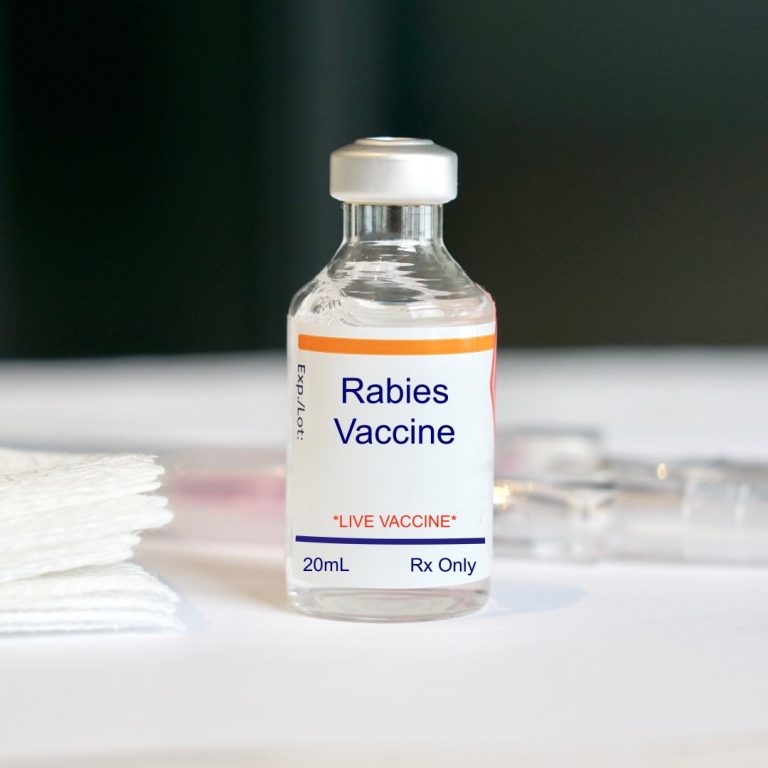
In 1914, rabies vaccine was first licensed in the U.S. The H. K. Mulford Company, founded in Philadelphia…
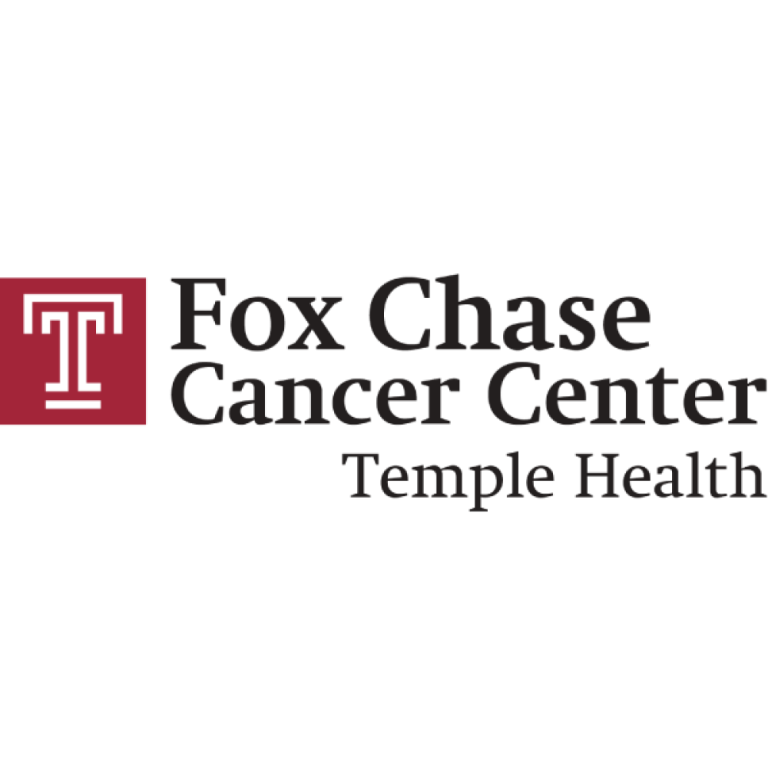
In 1904, Fox Chase Cancer Center was founded by the union of American Oncologic Hospital and the Institute…